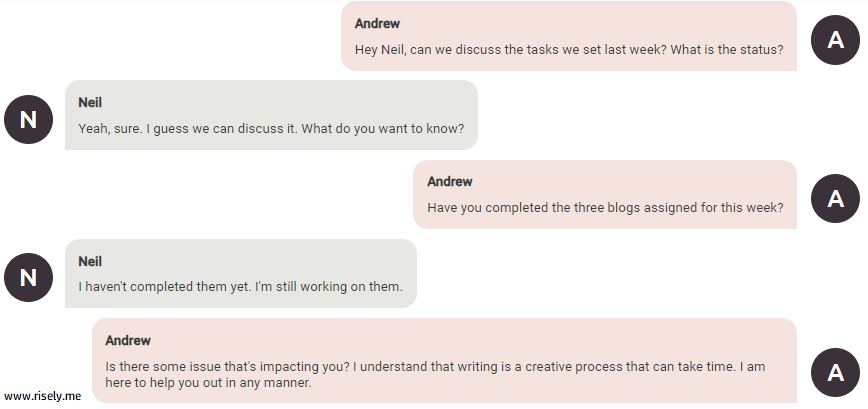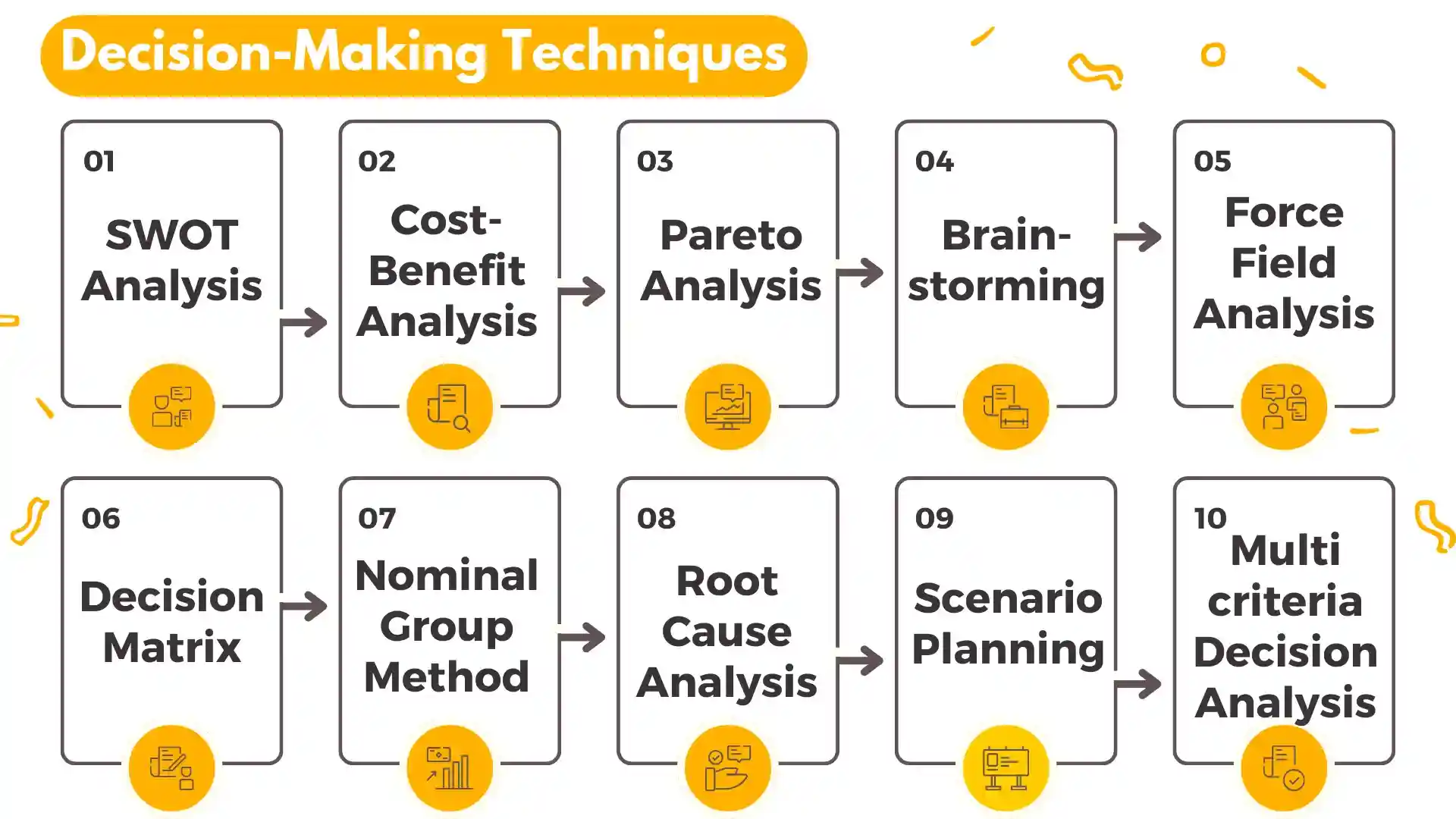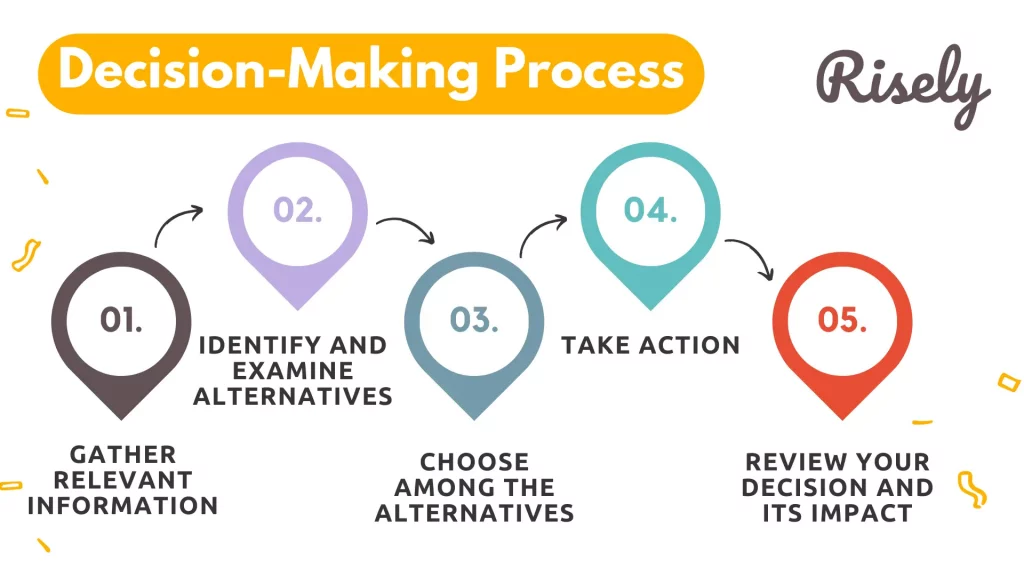The 10 Best Decision Making Techniques in Management
Decision-making has been long identified as one of the most essential skills for management professionals. It is a crucial determinant of your team’s success and directly impacts your career growth. Yet, there are multiple routes to the right decision. Often, you might need clarification about them. The key lies in remembering that your decision-making approach cannot solely rely on a set of steps. Instead, it needs to evolve to suit the needs of the situation. Moreover, as managers, it is imperative to continue polishing core skills, which include decision-making. In this blog, we will discuss decision-making techniques to help you make better decisions and improve your skills.The ten decision-making techniques presented in this article can help you make better decisions. These techniques include questioning assumptions, gathering information, researching, evaluating options, and making decisions. They can help you identify different perspectives on a topic, think critically about important factors, and make informed decisions. Using these techniques, you can improve your decision-making skills and become a better manager overall.
What is the Decision Making Process?
Decision-making is the process of choosing between alternatives based on the consideration of specific criteria and values. It involves identifying and selecting the best course of action from multiple options, given a set of constraints and available information. The following are the steps involved in decision-making:- Gather information: The first step is gathering relevant information and data that will help you make a decision. This may include researching, referring to the employee handbook, consulting experts, and seeking advice.
- Generate alternatives: After gathering information, generate a list of potential solutions or options to the problem. This step requires creativity, critical thinking, and considering different perspectives.
- Evaluate alternatives: Evaluate the choices based on specific criteria and assess each option’s potential outcomes and consequences. This step involves weighing the pros and cons and considering trade-offs.
- Choose a course of action: Based on evaluating alternatives, select the best course. This step involves making a final decision based on the information gathered and evaluated.
- Implement and review: The final step is to implement the chosen course of action and continuously monitor and evaluate the results to determine if the decision is correct.
Why is decision making important for managers?
Decision-making is an essential and core area for managers. But why? Because the decisions made by team managers and leaders carry an impact. Managerial decisions affect multiple areas like resource allocation, delegation, and setting up processes, culminating in team effectiveness. Making wrong decisions here can change a lot. Let’s understand the various reasons why decision-making is essential for managers in more detail:- Increased productivity: Effective decision-making enables managers to make informed choices that result in more productive and efficient use of resources, leading to increased organizational output.
- Better problem-solving: Effective decision-making skills help managers to identify and solve problems quickly and effectively, reducing the negative impact of the issues on the organization.
- Reduced risk: Good decision-making reduces the risk of failure by considering potential outcomes and making choices that minimize possible negative consequences.
- Increased motivation: When employees see that decisions are being made in an informed and effective manner, they become more motivated and engaged in their work.
- Improved relationships: Effective decision-making can lead to better relationships with stakeholders, including employees, customers, and suppliers.
- Better resource allocation: Effective decision-making enables managers to make informed choices about allocating resources within team, leading to better utilization of resources and improved organizational outcomes.
- Increased innovation: Good decision-making encourages innovation by enabling managers to take calculated risks and pursue new opportunities.
- Improved flexibility: Effective decision-making enables managers to respond quickly to changes in the business environment and make necessary adjustments, leading to increased organizational flexibility.
Other Interesting Reads
Decision Making Techniques in Management and Tools for Managers
Good decision-making requires the use of a few decision-making techniques and tools. One of the most effective decision making techniques are given below. These decision making techniques and tools will help you make remarkable decisions with ease!SWOT Analysis
SWOT (Strengths, Weaknesses, Opportunities, Threats) analysis is one of the most known decision-making techniques that involves evaluating your internal and external factors to inform decision-making. This tool helps managers to identify and prioritize critical issues and factors that impact their decision-making. The main areas of a SWOT matrix represent four crucial considerations in any decision:- Strengths: This refers to the positive characteristics that are present internally. They may set you apart from the competitors and enable a competitive edge. For instance, if your team wants to take up a new project, the presence of skilled and self-motivated employees is a strength.
- Weaknesses: On the other hand, weaknesses refer to internal factors that can hurt your case. If your team is embarking on a new project, lack of sufficient resources can be a weakness that sets you back compared to others.
- Opportunities: These are the areas where you can shine. Opportunities are external factors that can enable your success. For example, an easy partnership with another team that provides the capital for your employees to execute the project is a great opportunity.
- Threats: Threats refer to external factors that can hurt your performance. The presence of a strong competitor, unfavorable market trends, and a negative public reputation are some threats that can derail your plans.
Cost-Benefit Analysis
Cost-benefit analysis is one of the decision-making techniques that involves evaluating the costs and benefits of a potential decision to determine if it is a viable option. You go through the perks and costs of every option to find the best equation. This tool is handy when you are looking to start a new project or adopt a new structure for your team. The tool helps assess the trade-off between potential costs and benefits and make informed choices about pursuing a particular course of action. The advantage of a cost-benefit analysis is that it enables you to make objective decisions based on complex data rather than subjective opinions..Pareto Analysis
The Pareto analysis, also known as the 80/20 rule, calls for prioritizing suitable options for your team. The method relies on the Pareto principle, which states that 80% of results come from 20% of causes. The idea came when an Italian economist noted that 20% of people owned 80% of land. Thus, the key to success lay in the hands of those 20%.The Pareto analysis method of decision-making begins by analyzing the primary factors in any situation. Further, they are studied, ranked, and sorted to obtain the “vital few.” Addressing these critical areas becomes the key focus area. Managers can apply this decision-making technique in problem-solving, resource allocation, and quality management.
Brainstorming
Brainstorming is one of the decision making techniques that involves generating a large number of ideas and solutions in a group setting. This engaging decision-making technique helps managers tap into their team’s collective creativity and consider a wide range of options. The benefit of brainstorming is that it encourages collaboration and innovation, leading to more informed and effective decision-making. This technique can be applied in problem-solving, strategic planning, and product development. However, brainstorming can be often affected by collective biases and groupthink. Treading the fine line to maintain balance is essential as a manager. Get an interesting perspective on innovation here: For Innovation to succeed, one must embrace failureForce Field Analysis
Force field analysis is a decision-making technique that evaluates the driving and restraining forces that impact a potential decision. It helps managers identify and understand the key factors supporting or hindering their decision-making. The benefit of using force field analysis is that it enables managers to make informed decisions by considering both positive and negative aspects. Managers can use force field analysis in many areas, including change management, conflict resolution, and problem-solving.Decision Matrix
A decision-making matrix is a tool that evaluates multiple options against a standard set of criteria. Suppose you are buying fruits, but you can only pick one. You consider each option regarding taste, nutritional value, and price to choose the best one that suits the bill. This tool helps managers make informed choices by considering different factors and prioritizing each option. The benefit of using a decision matrix is that it provides a structured and objective framework for decision-making, enabling managers to make informed choices when the options are multiple and diverse.Nominal Group Technique
The nominal group technique is one of the decision-making techniques that involves gathering input from a group of people in a structured manner. Managers can use this to include different perspectives in decisions. For instance, you are choosing the mode of work for your team. Team member A favors remote work because they can skip the troublesome commute. Team member B, conversely, prefers working from the office because they can focus better in the setting. Team member C calls for a hybrid approach, as they emphasize connecting regularly with your team while working comfortably. As a manager, now you understand the various opinions to make a decision that caters to all in some manner. The key benefit of using the nominal group technique is that it enables managers to tap into the collective wisdom of their team, leading to more informed and effective decision-making.Root Cause Analysis
Root cause analysis involves identifying and addressing the underlying causes of a problem rather than just its symptoms. Picture this: Your team is consistently missing deadlines. But you keep on asking them to get things done. And so it goes. But here’s another way: you try to figure out why they are missing deadlines. Upon talking to them, you discover they are overburdened with work. Then, you can take appropriate actions to help them solve this challenge. The benefit of using root cause analysis is that it enables managers to solve problems at their source, leading to long-term solutions and reduced risk of future problems. Managers can apply this decision-making technique in problem-solving, quality management, and continuous improvement.Scenario Planning
Scenario planning is one of the decision-making techniques that involves creating and evaluating different potential future scenarios to inform decision-making. Scenario analysis helps managers consider other possibilities and to make informed decisions based on their possible outcomes. The critical benefit of scenario planning is that it enables managers to be prepared for future events and to make informed decisions considering different what-if cases. Scenario planning can help get personal and professional choices right. Risely’s interactive chatbot, Merlin, is also empowered to enable effective scenario planning! Just enter the details about your situations and actors and start talking. Here’s a quick snapshot of a manager, Andrew, practicing for a difficult conversation with their team member:
Multicriteria Decision Analysis
Multicriteria decision analysis is one of the decision-making techniques that involves evaluating options based on multiple criteria to inform decision-making. It goes beyond the other methods due to its sheer complexity. This tool, also known as Multi-attribute decision analysis (MADA), helps managers to consider different factors and to make informed decisions based on their relative importance. The benefit of multicriteria decision analysis is that it enables managers to make informed choices by considering multiple factors and prioritizing each option.
To Sum Up
While decision making skills can be learned and improved over time, several decision making techniques can help you make better decisions more quickly. Overall, no decision-making technique is perfect. A combination of multiple decision-making techniques to suit varying situations is the best course of action for managers. By using decision-making techniques like SWOT analysis, matrix diagrams, and Pareto diagrams, it’s possible to make better decisions faster. If you want to improve your decision-making skills, we’ve got a free self-assessment for you to try so that you as a manager can know about your decision making skills. So, try out the decision making assessment now!Are you making the right choices for your team?
Learn more about your decision-making style with the free assessment for managers and leaders
Decision Making Techniques in Management FAQs
What are the techniques of decision-making?
Decision-making techniques include the Rational Decision-Making Model, SWOT analysis, Cost-Benefit analysis, Pros and Cons list, Decision Matrix, and Brainstorming. These methods help individuals and teams evaluate options, weigh pros and cons, and make well-informed choices.
What are decision-making skills?
Decision-making skills involve critical thinking, problem-solving, analyzing information, considering alternatives, and evaluating consequences. Effective decision-makers exhibit sound judgment, adaptability, and the ability to balance emotions with rationality.
Why is decision-making important?
Decision-making is crucial as it impacts personal and professional outcomes. Well-made decisions lead to efficient problem-solving, goal achievement, and organizational success. Good decision-making enhances productivity, reduces risks, and fosters growth and innovation in various aspects of life.
Other Related Blogs
10 Signs You’re Struggling with Analysis Paralysis at Work
10 Signs You’re Struggling with Analysis Paralysis at Work The smart fox declares, “I have a hundred ways to escape when trouble approaches. You have only one.” As the dogs…
Evidence Based Decision Making: 4 Proven Hacks For Managers
Evidence Based Decision Making: 4 Proven Hacks For Managers In this blog, we will explore the concept of evidence-based decision-making and provide seven proven hacks for managers to implement evidence-based…
6 Best Books On Decision Making For Managers
6 Best Books On Decision Making For Managers Effective decision-making is crucial for managers to navigate the complexities of their roles. You are responsible for making important choices that can…
Best Decision Coaches To Guide You Toward Great Choices
Best Decision Coaches To Guide You Toward Great Choices Effective decision-making is more crucial than ever in today’s rapidly evolving business landscape. Entrepreneurs, leaders, and professionals alike are constantly faced…



